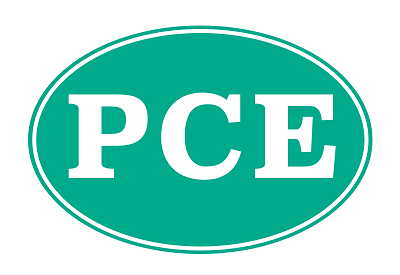
Date posted: 22nd Jan 2024
HMRC believes that not everyone is paying the correct amount of tax, estimating what it terms as ‘the tax gap’ as being ‘4.8% of total theoretical tax liabilities, or £35.8 billion in absolute terms, in the 2021 to 2022 tax year’. HMRC appreciates that not all this money is purposely withheld (as in fraud or tax evasion) but rather through mistakes or misunderstandings of the tax law.
As such, HMRC has been on a mission to rectify this situation by first undertaking several ‘campaigns’. In 2007, HMRC announced a series of such campaigns designed to give taxpayers the opportunity to get in touch voluntarily to bring their tax affairs up to date, including non-declaration of income on advantageous terms – no questions asked. The campaigns targeted a specific taxpayer group or taxable activity type and were intended to be ‘one-offs’. Fast-forward to this month and the only campaign remaining targets non-declaration of income from let property; HMRC obviously believes the property tax campaign has more to go and as such remains in place (although it is still possible for anyone who wishes to come forward and declare any previously undisclosed income voluntarily).
The current lack of ‘campaigns’ is possibly because there are more data collection sources available to HMRC enabling more accurate ‘cross-checking’ of information declared. HMRC’s computer system can identify more accurately where anomalies may lie within an individual’s tax affairs and provides the informational basis for a letter to be issued. Such letters are an inexpensive way for HMRC to follow up without opening a formal tax investigation.
HMRC is also using information received to segment its ‘customers’ into groups to take what they term ‘taking targeted action to tackle avoidance, evasion and criminal activity’ and issue ‘nudge’ letters. Letters are typically sent out en masse as a campaign and relate to specific areas of tax, such as overseas income or the disposal of property. The intention is to prompt customers to review their tax returns to check whether they need to notify HMRC of any further gains, income or profits yet to be disclosed. The letter does not state what is missing from the return, but it is supposedly designed to nudge the taxpayer to review and correct the return where necessary. HMRC calls these ‘one to many’ letters and they are automatically generated by their Connect computer system. Therefore, the onus is placed on the taxpayer to investigate the issue and take any action required.
The letter is accompanied by a Certificate of Tax Position, the recipient having 30 days to respond otherwise HMRC may take the discovery route with the potential for penalties or even criminal prosecution. HMRC has agreed that they will accept a response by letter as an alternative should an individual choose not to complete the declaration.
The most recent set of letters has been issued to individuals who incorporated their property business in 2017/18 and applied incorporation relief on the transfer, for capital gains tax (CGT) purposes. The letters are targeted at those taxpayers who declared a disposal of their property interests but paid no CGT due to the application of incorporation relief. The letters state that HMRC believes an excessive amount of incorporation relief may have been applied and advises recipients to check the position. If an error is identified, the recipient is invited to contact HMRC via a specific email address. Where it is believed that the tax return submitted is correct, taxpayers are advised to confirm this with HMRC by email, providing a calculation of the relief available and details of the consideration received on incorporation. HMRC also states that it may seek to raise a discovery assessment if no response is received within 30 days of the date on the letter.
If you have any undeclared income, please do get in touch, regarding the best course of action.


